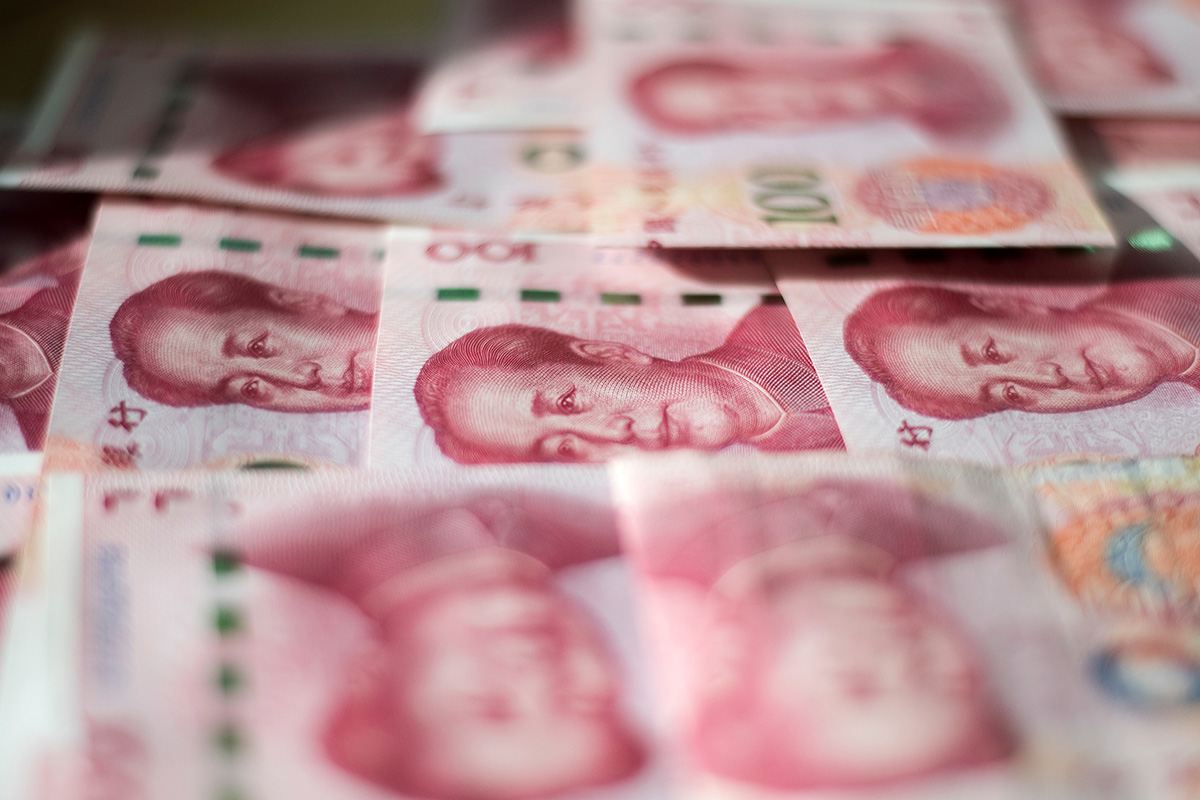China’s central bank will make modest increases in money-market rates in 2018 as it aims to keep up the pressure on deleveraging and prevent too much divergence with U.S. policy, according to a Bloomberg survey.
The People’s Bank of China is seen raising interest rates on reverse-repurchase agreements by five basis points three times this year, starting in the first quarter, the survey shows. That would raise the rate - now at 2.5 percent - more slowly than last year, when policy makers lifted it by five basis points in December after two 10 basis-point hikes in the first quarter.
Economists don’t forecast any change to the benchmark rate, which sets borrowing costs economy-wide, through early 2020, according to a separate survey by Bloomberg. The central bank has kept the one-year lending rate unchanged since October 2015.
Such a trajectory would help keep China more in step with the US Federal Reserve, which projects three hikes of its own this year, and help Beijing maintain financial stability by keeping liquidity tight and preventing capital outflows. The PBOC surprised investors last month by following the Fed’s quarter-point increase with its own smaller move.
The PBOC is more likely to raise open-market interest rates in the first half because there will probably be more headwinds for the economy in the latter six months, according to Wang Yifeng, a Beijing-based analyst at China Minsheng Banking Corp.’s research institute.
"A de facto tightening bias will be the main policy stance, which helps balance cutting leverage and stabilising growth," he said. "It’s difficult to see monetary policy easing for quite a long period of time."
A summit of China’s economic policy makers led by President Xi Jinping last month set risk prevention as the top "critical battle" for the next three years. The annual Central Economic Work Conference took a stronger tone than the prior year, by pronouncing that the floodgates of monetary supply should be "controlled," compared with the prior year’s announcement calling for "adjustment."
Forecasters also project a broad-based cut to the reserve requirement ratio in the fourth quarter, to 16.5 percent from 17 percent, separate surveys show. That’s in addition to a targeted reduction to help small business that was announced last year and took effect Jan. 1.
Still, the PBOC may not fully follow Fed interest rate hikes this year, Liu Li-gang, chief China economist at Citigroup Inc. in Hong Kong, said Wednesday in a Bloomberg Television interview. The central bank is likely to make a maximum of two increases to its overnight Standing Lending Facility, which sets a ceiling for PBOC rates, but "if the financial tightening were to be too excessive, we can’t exclude a RRR cut," Liu said. – Bloomberg
Recommended stories:
